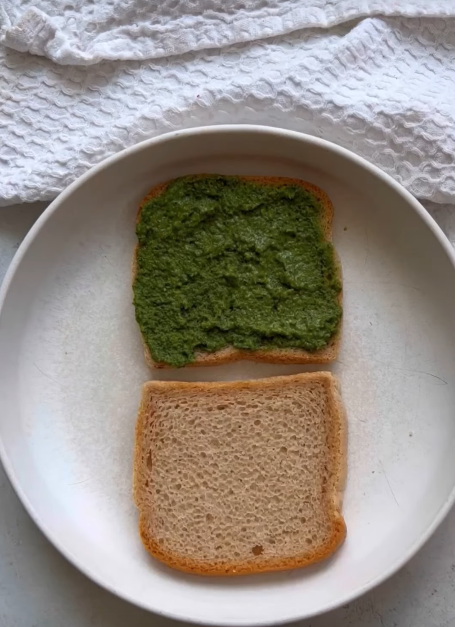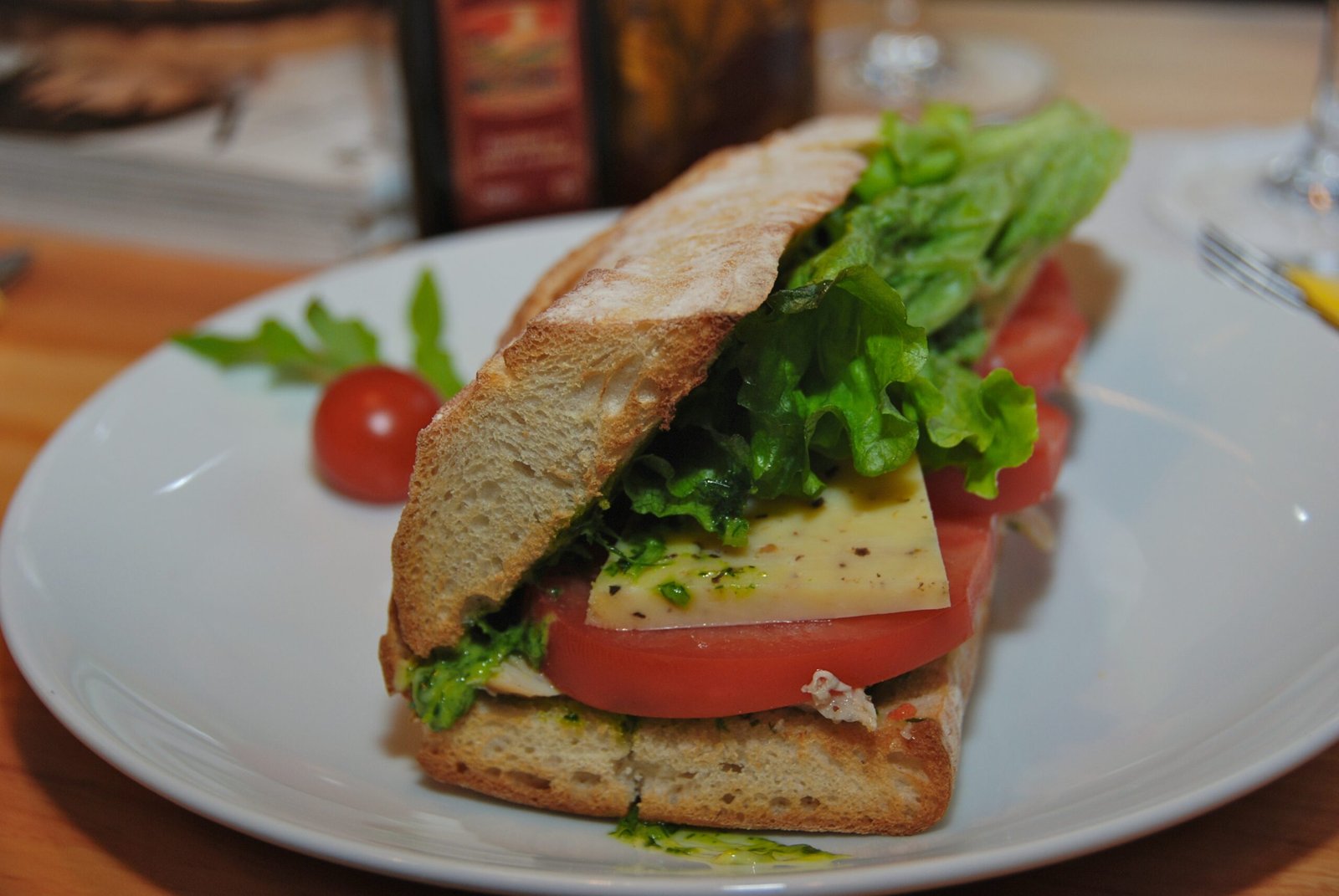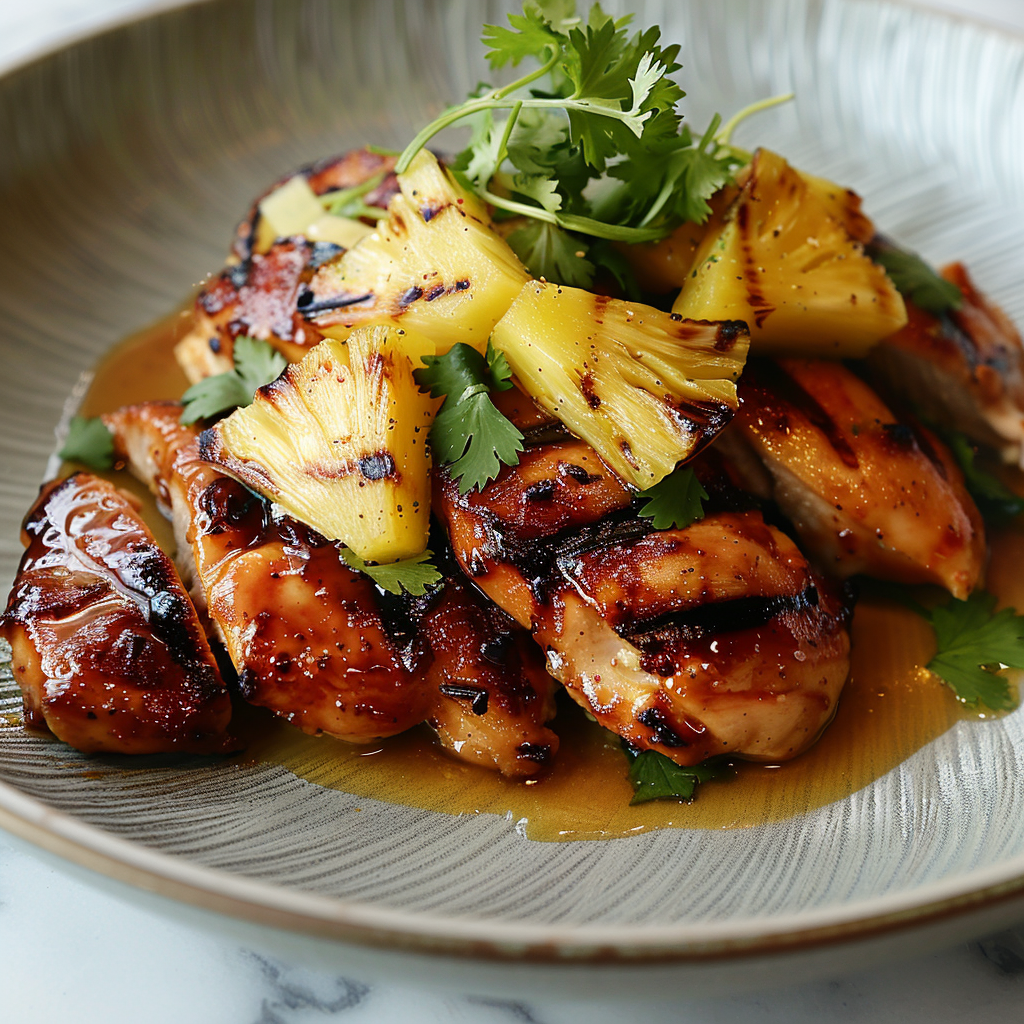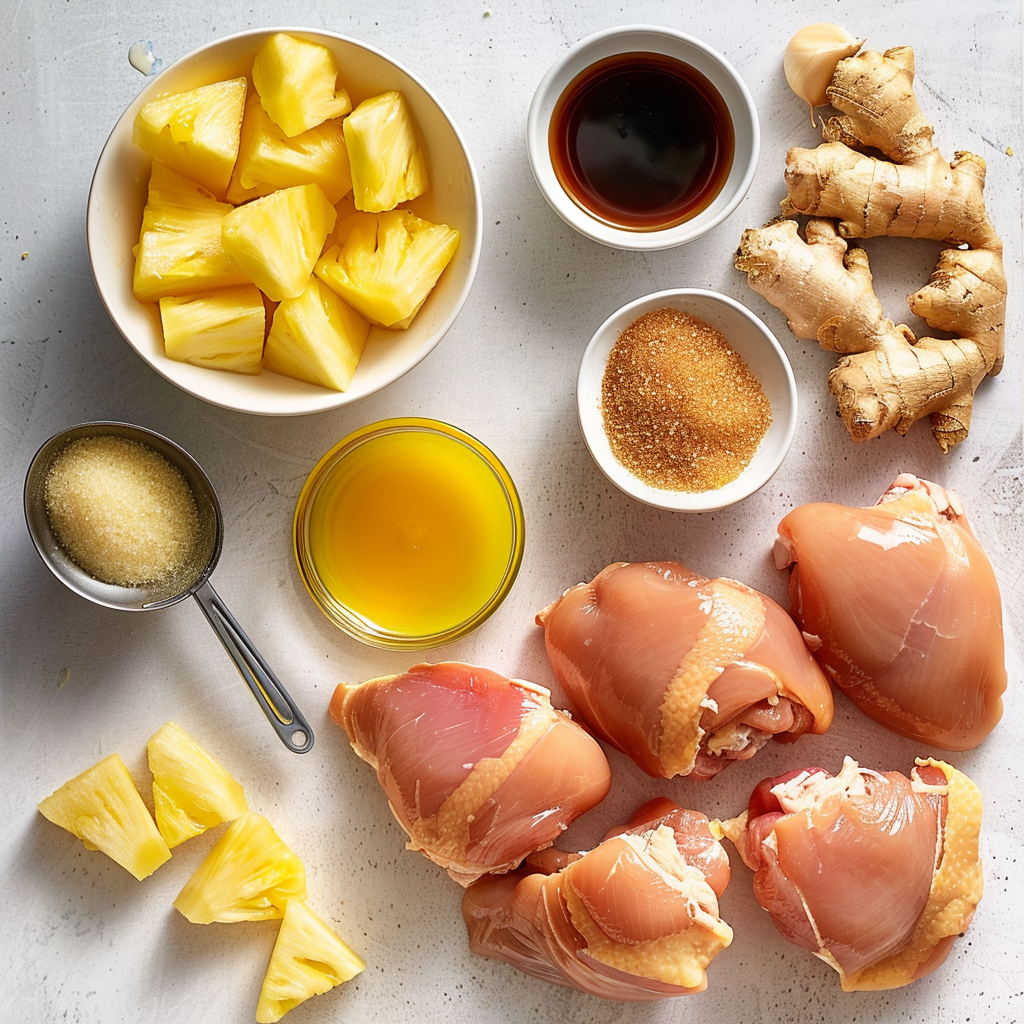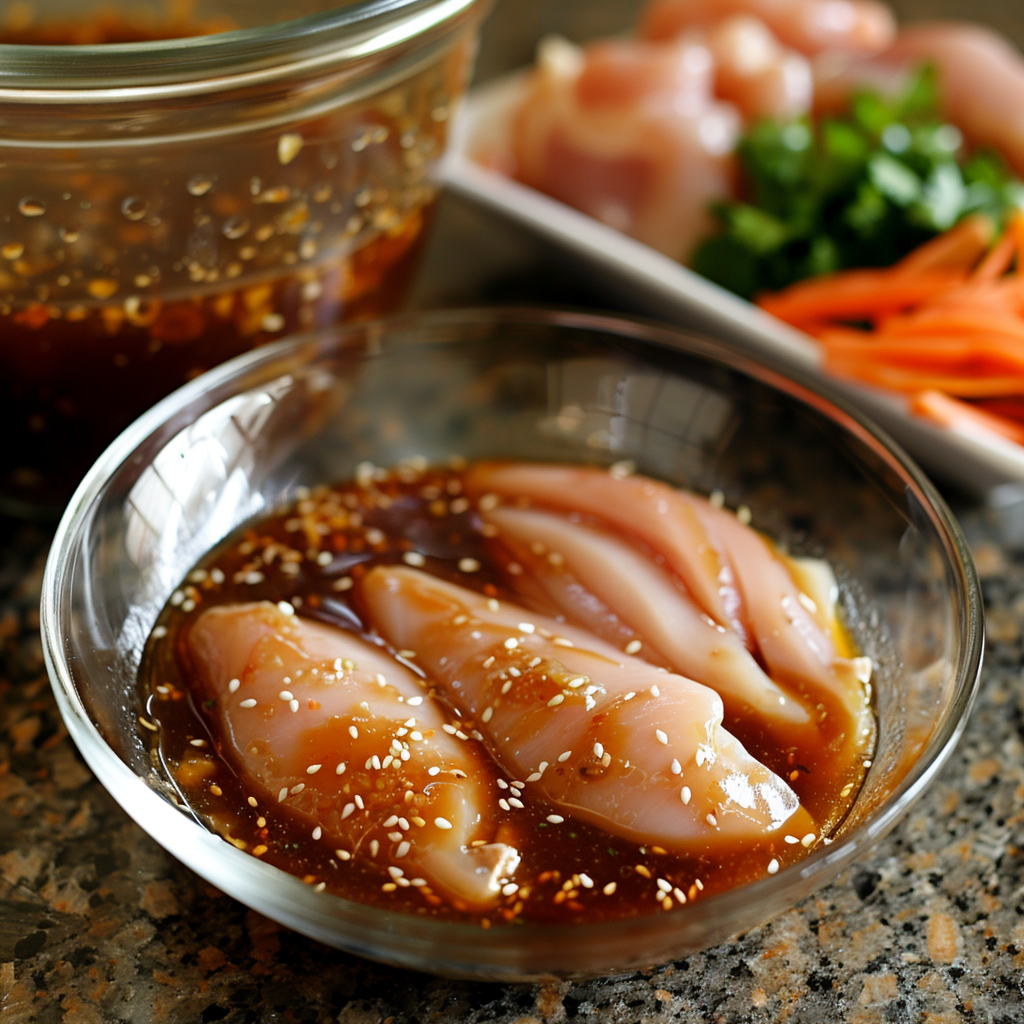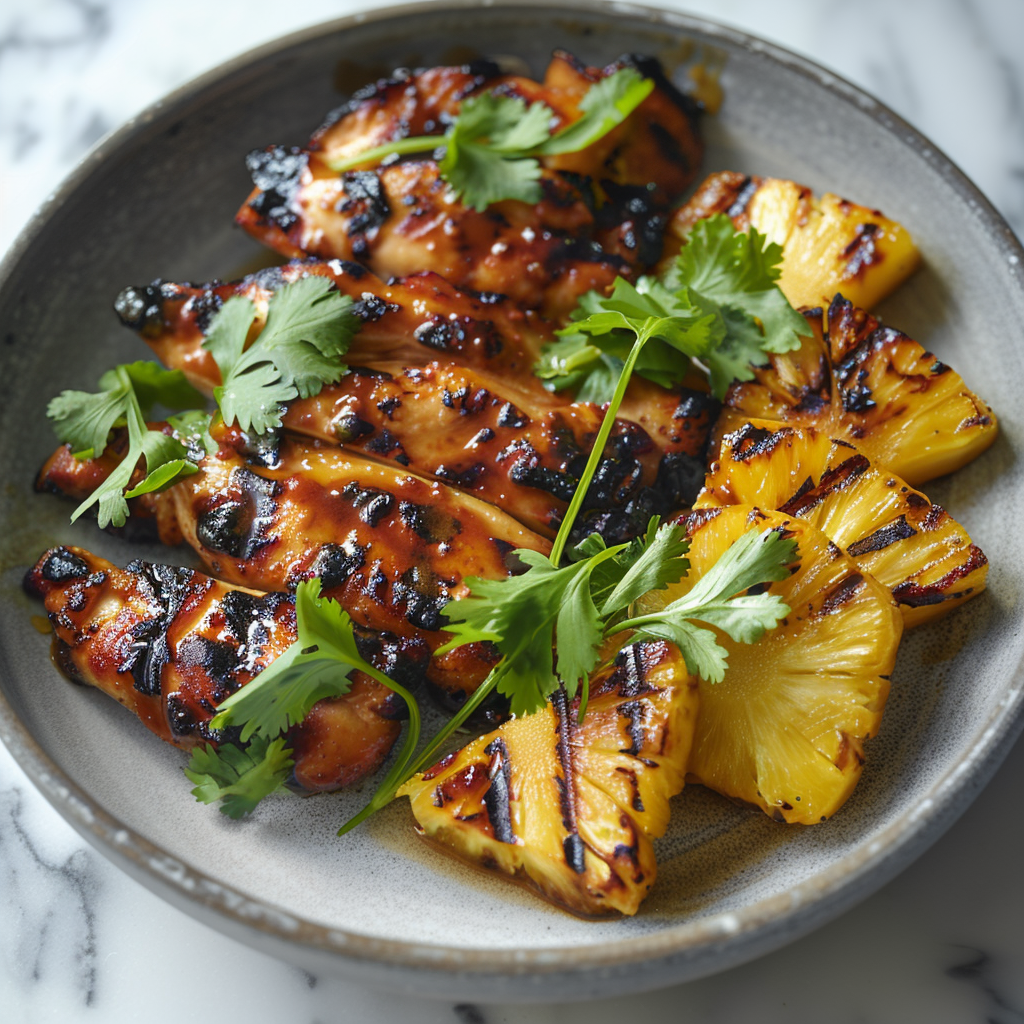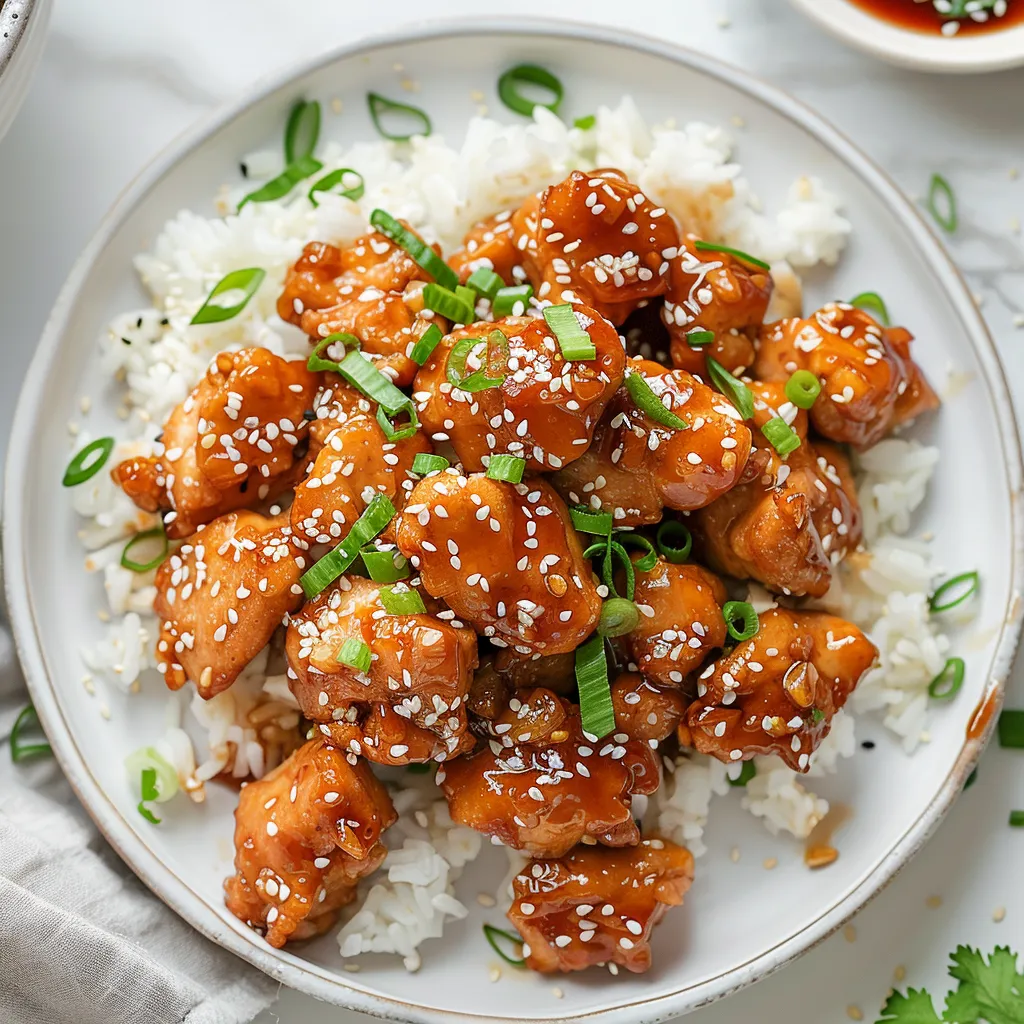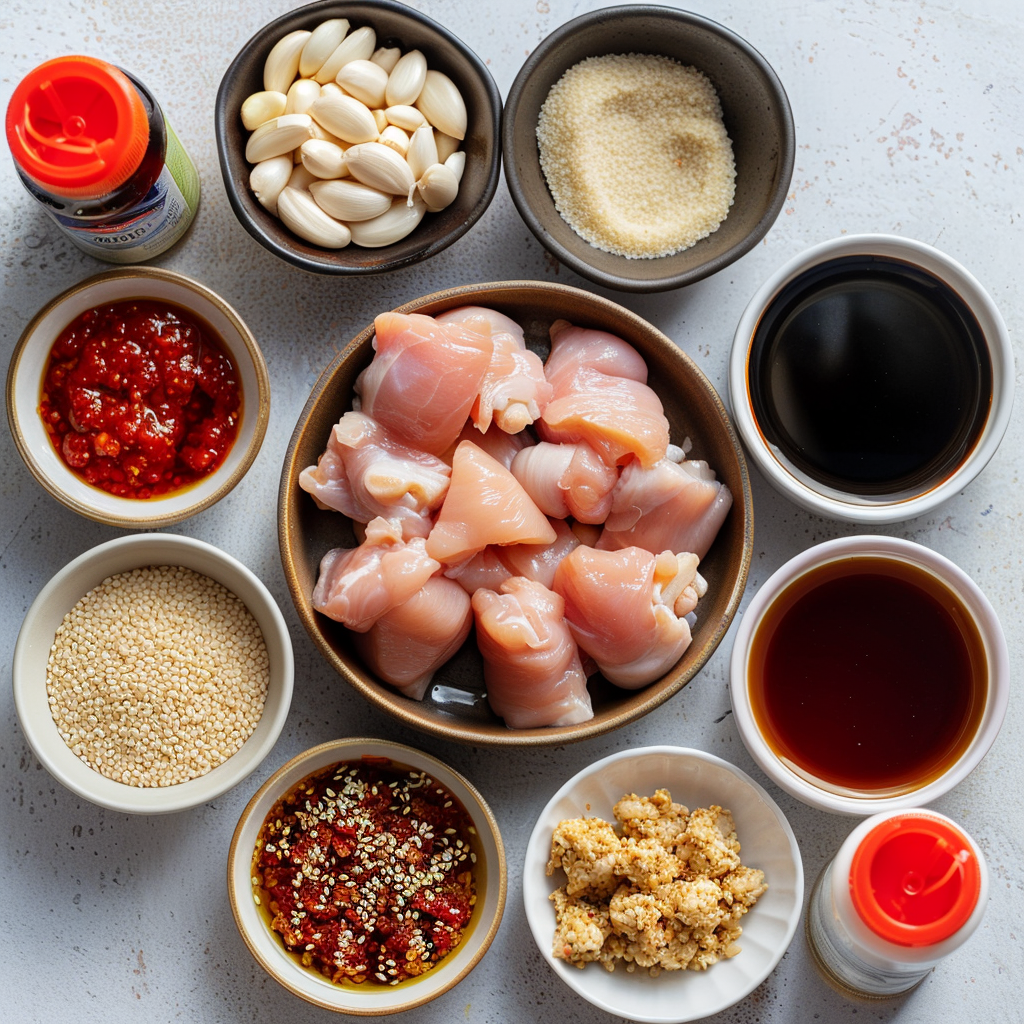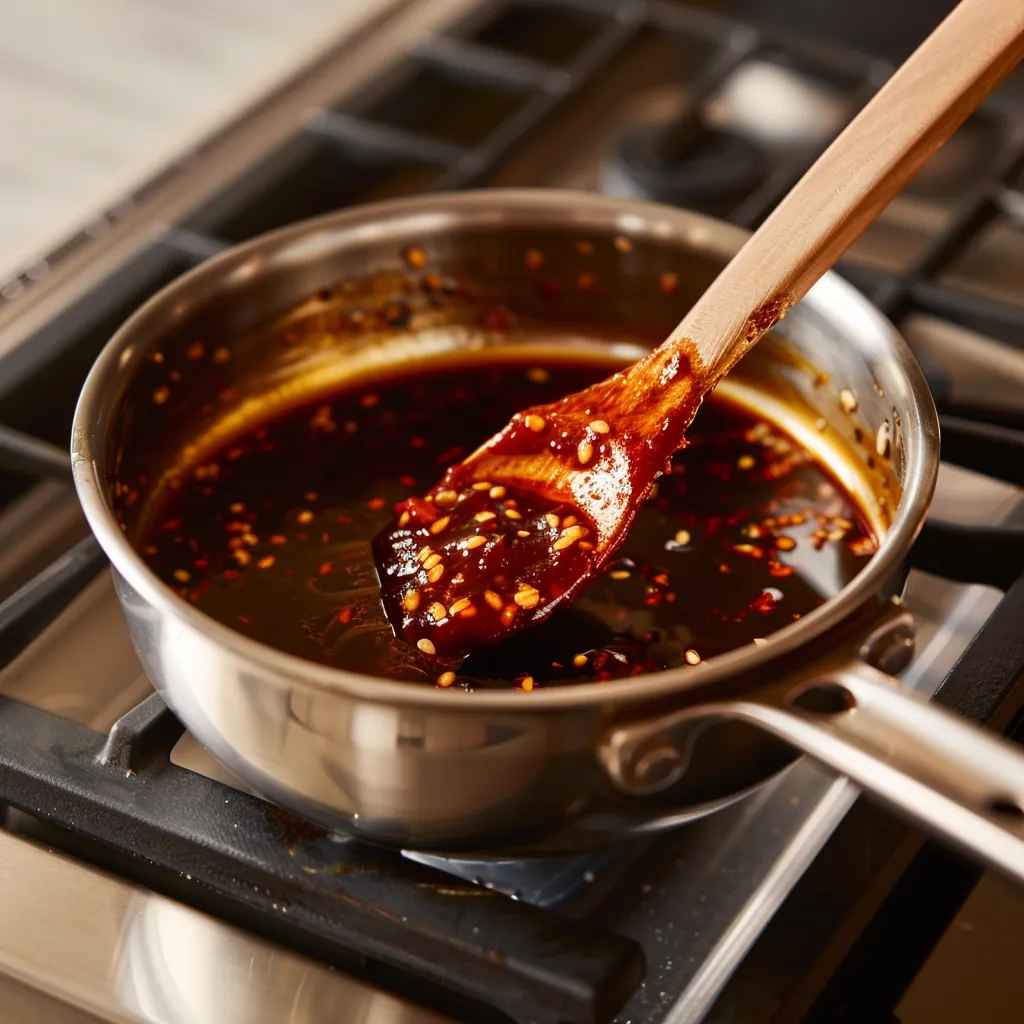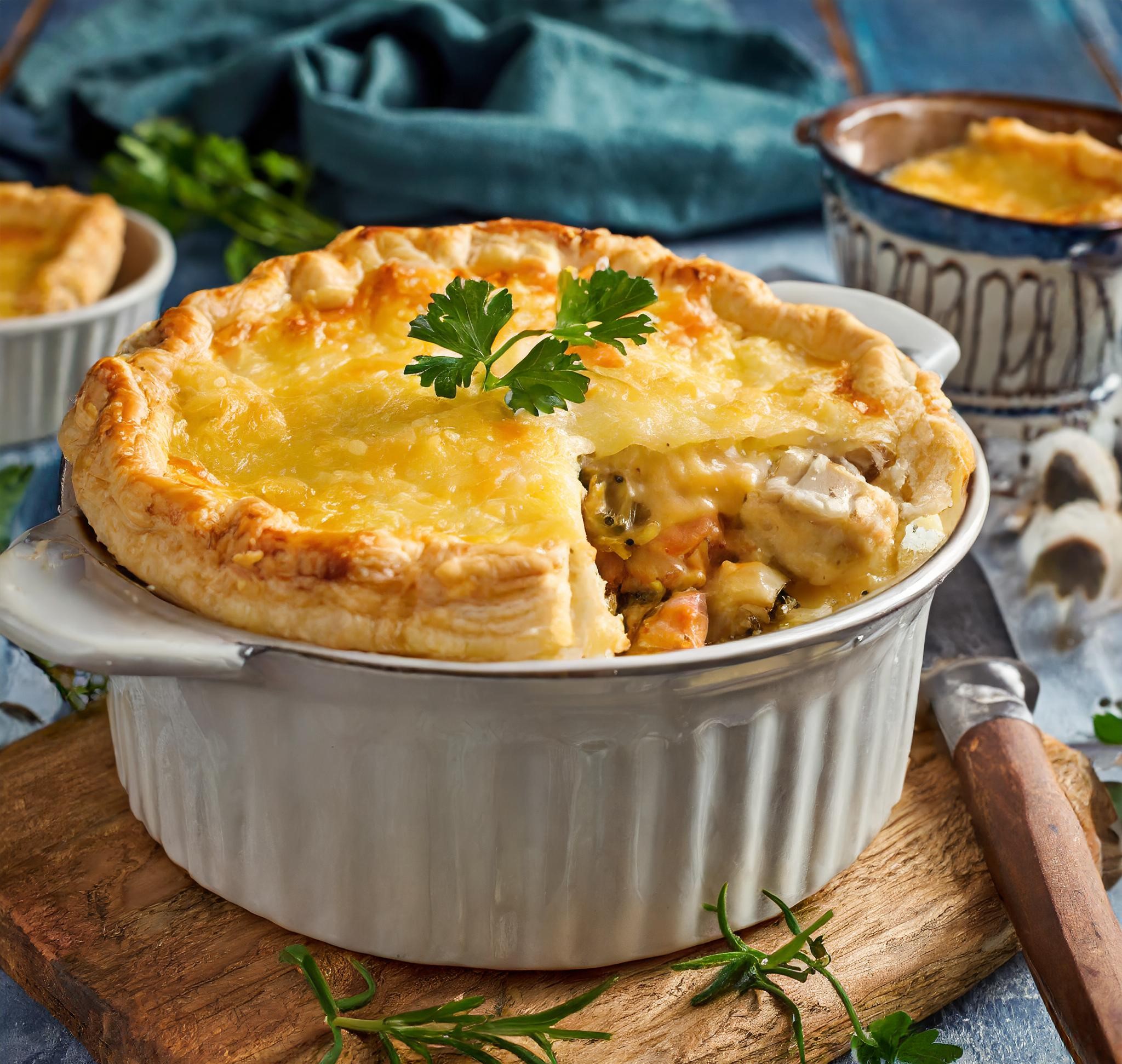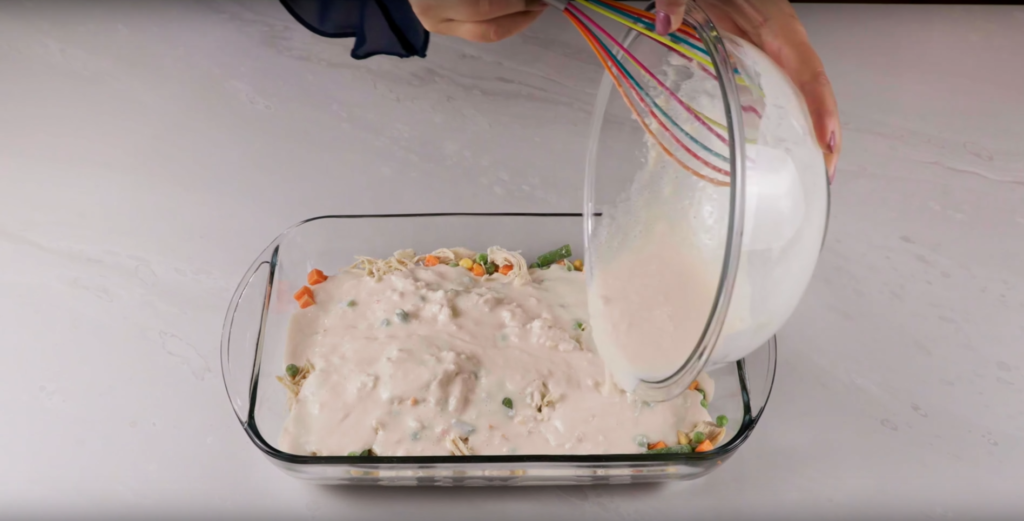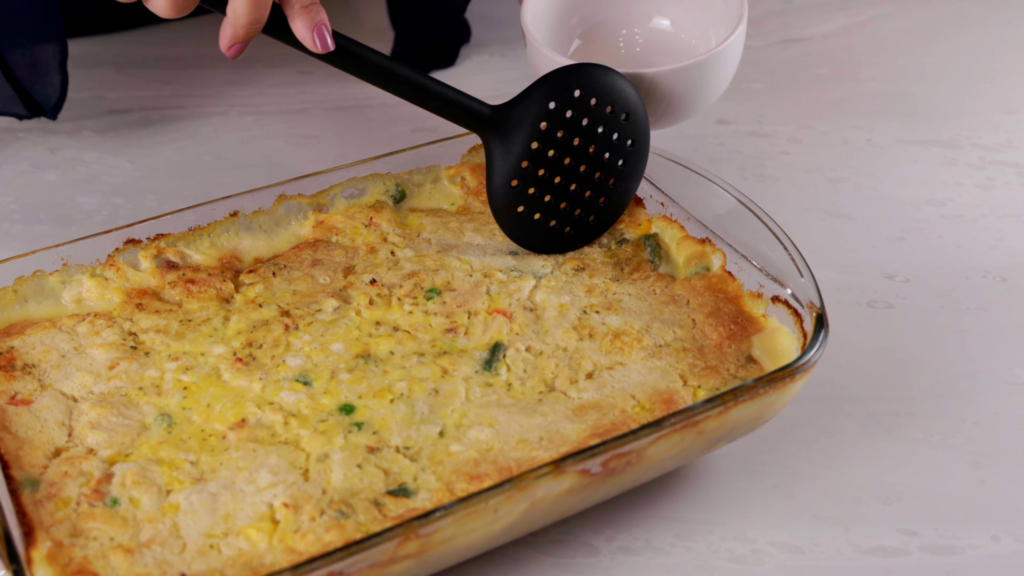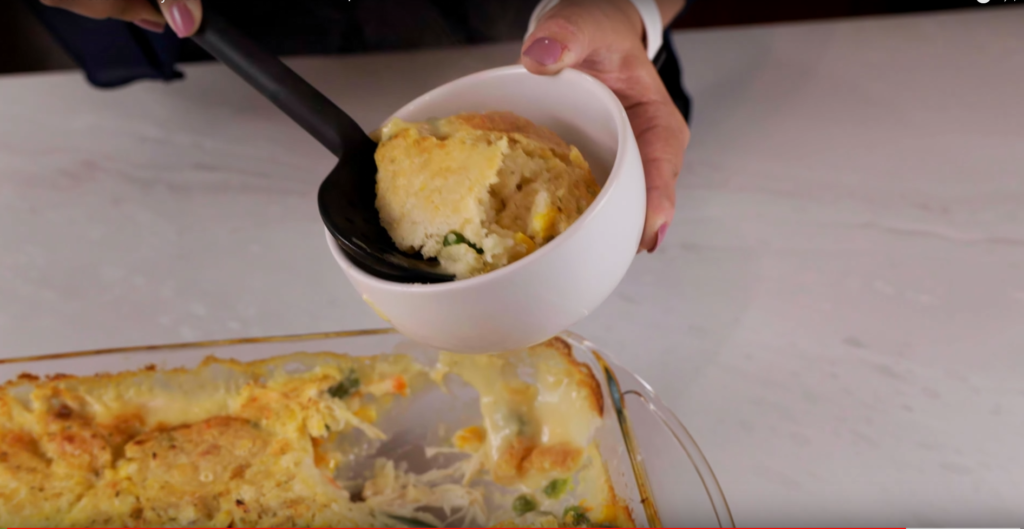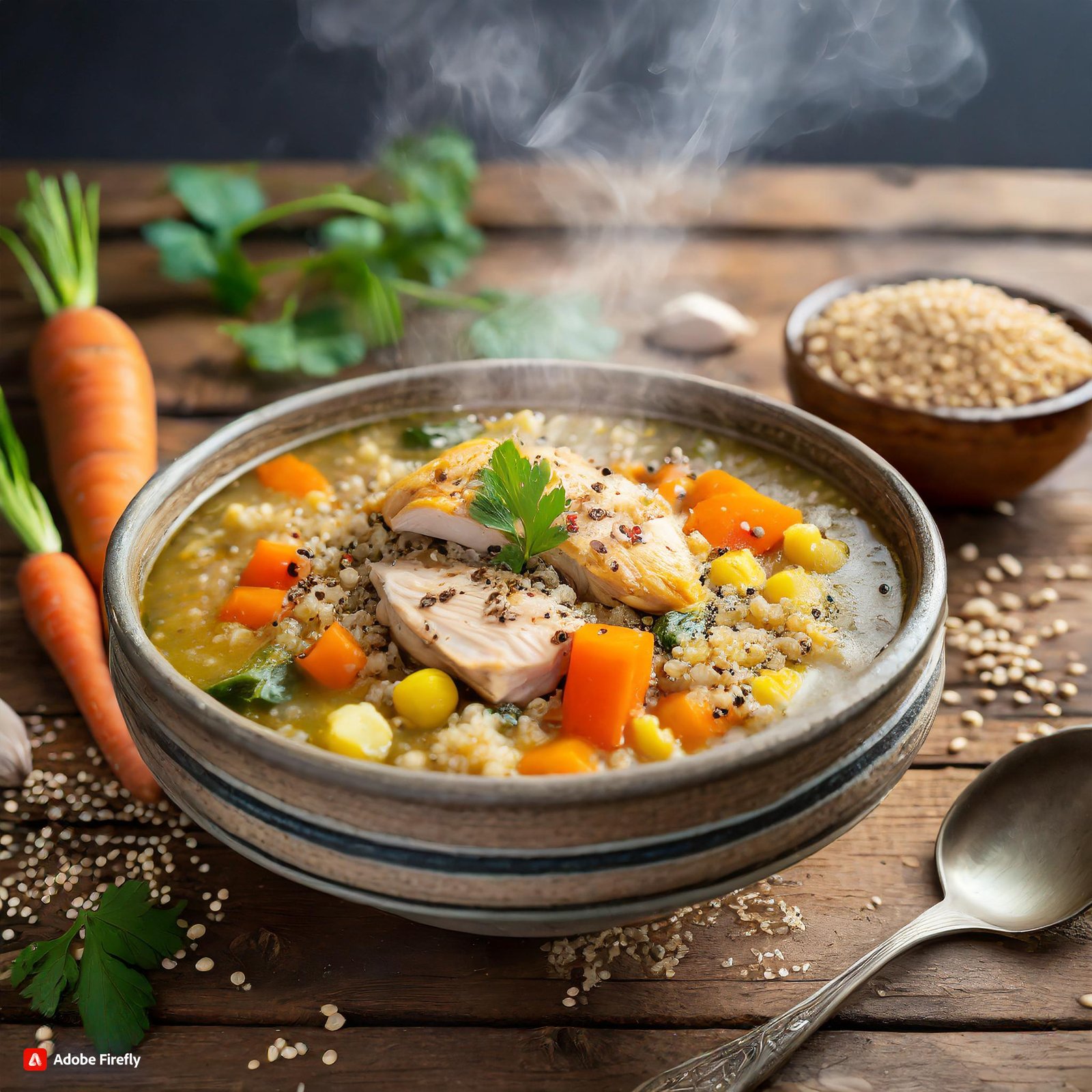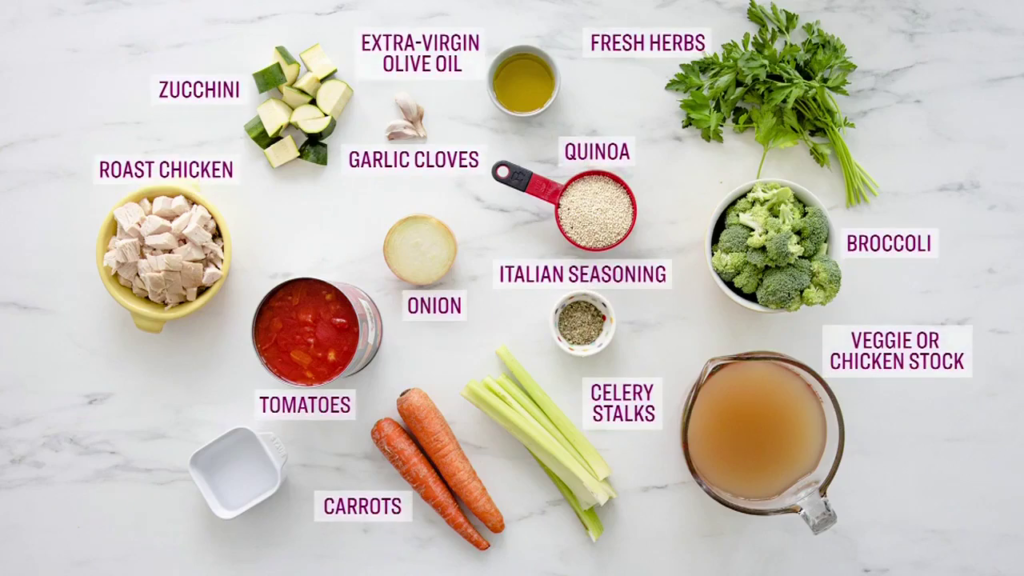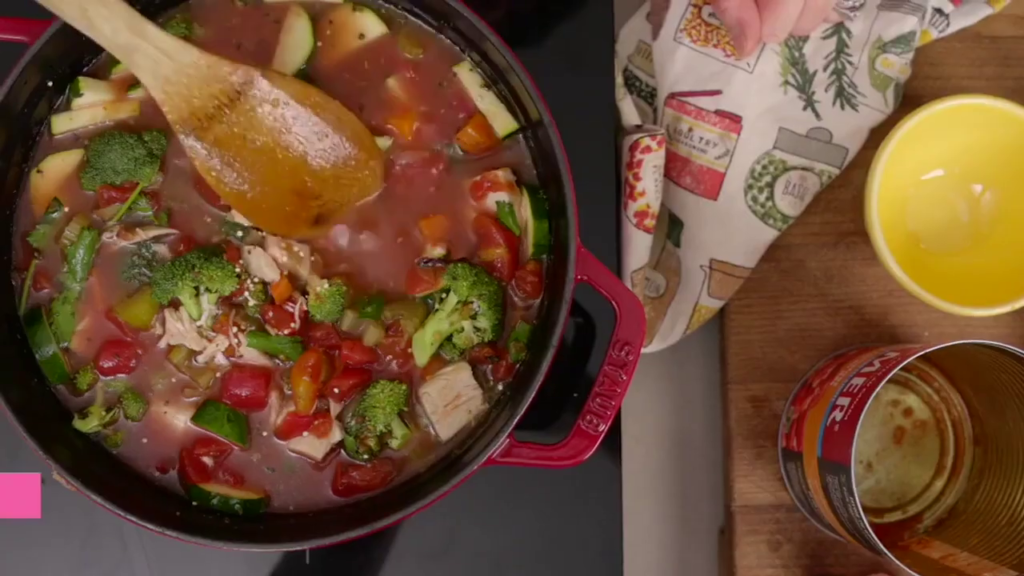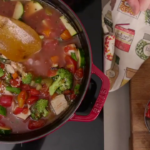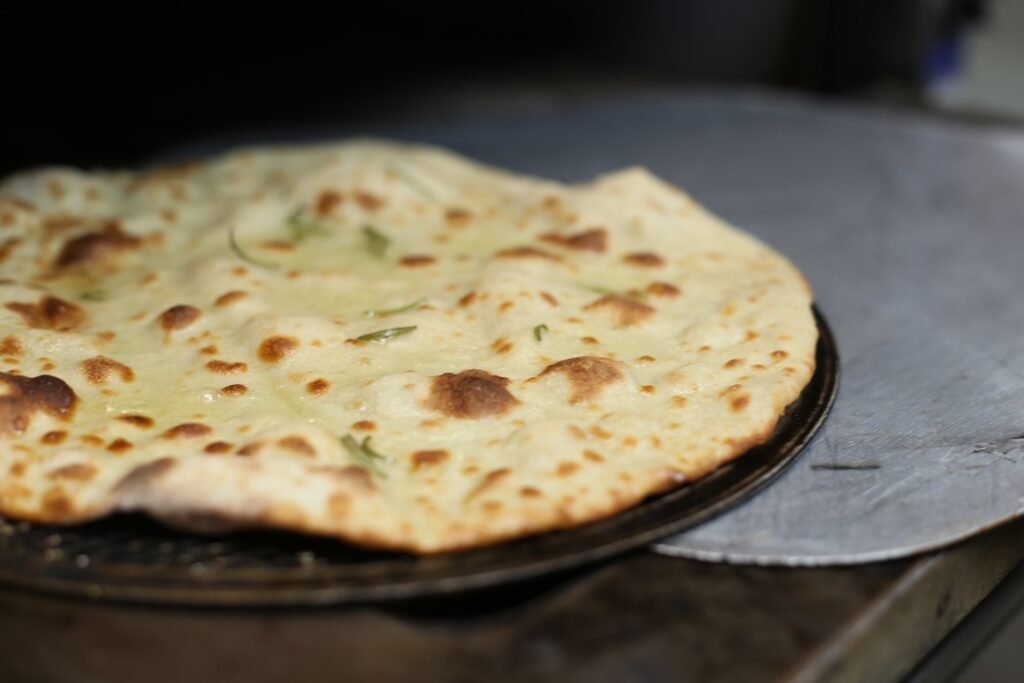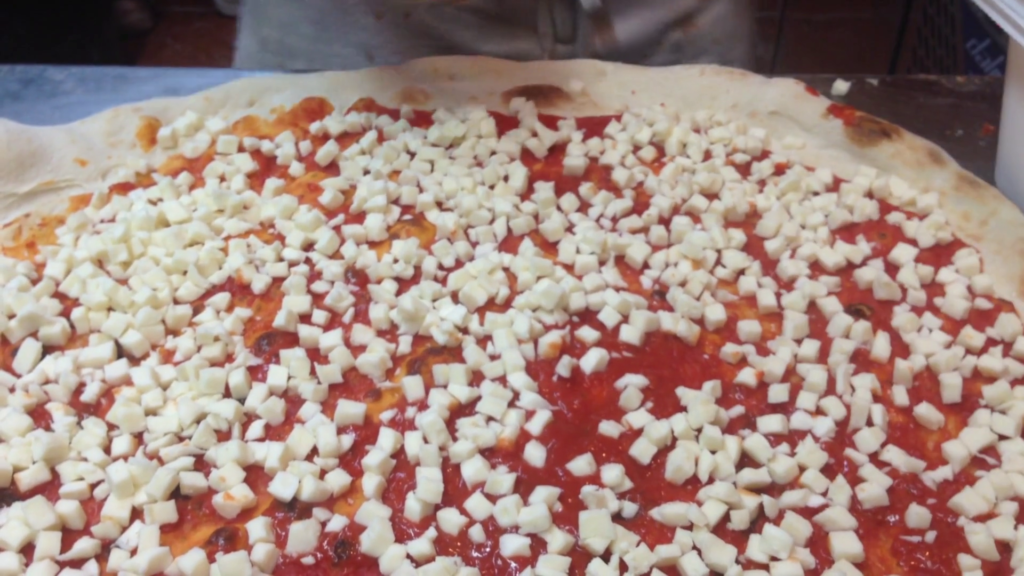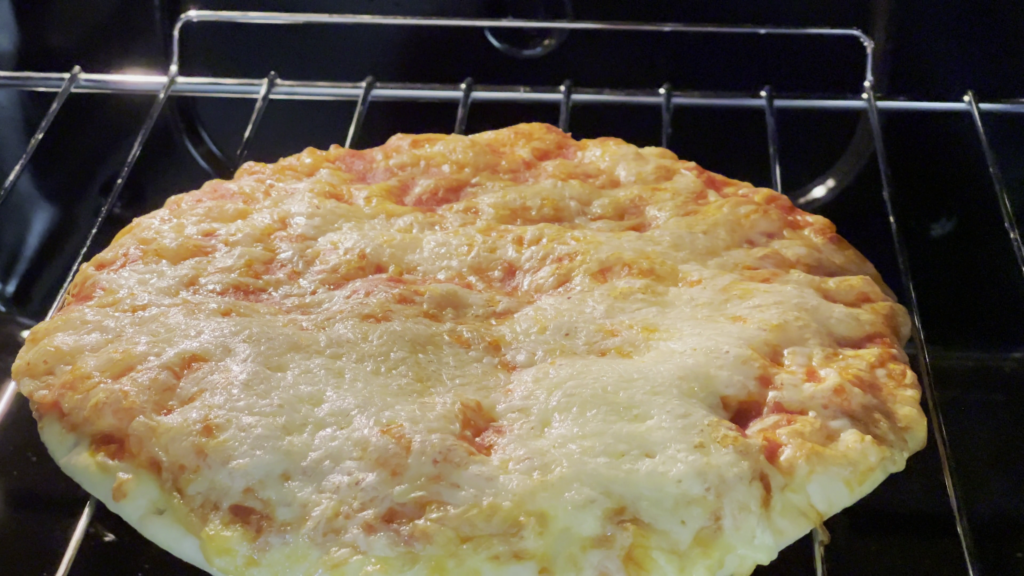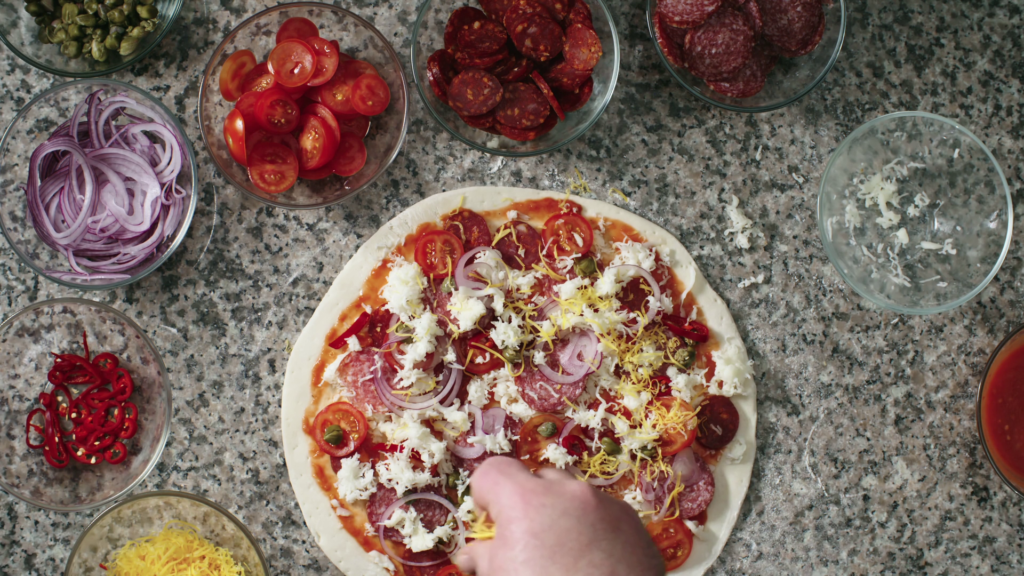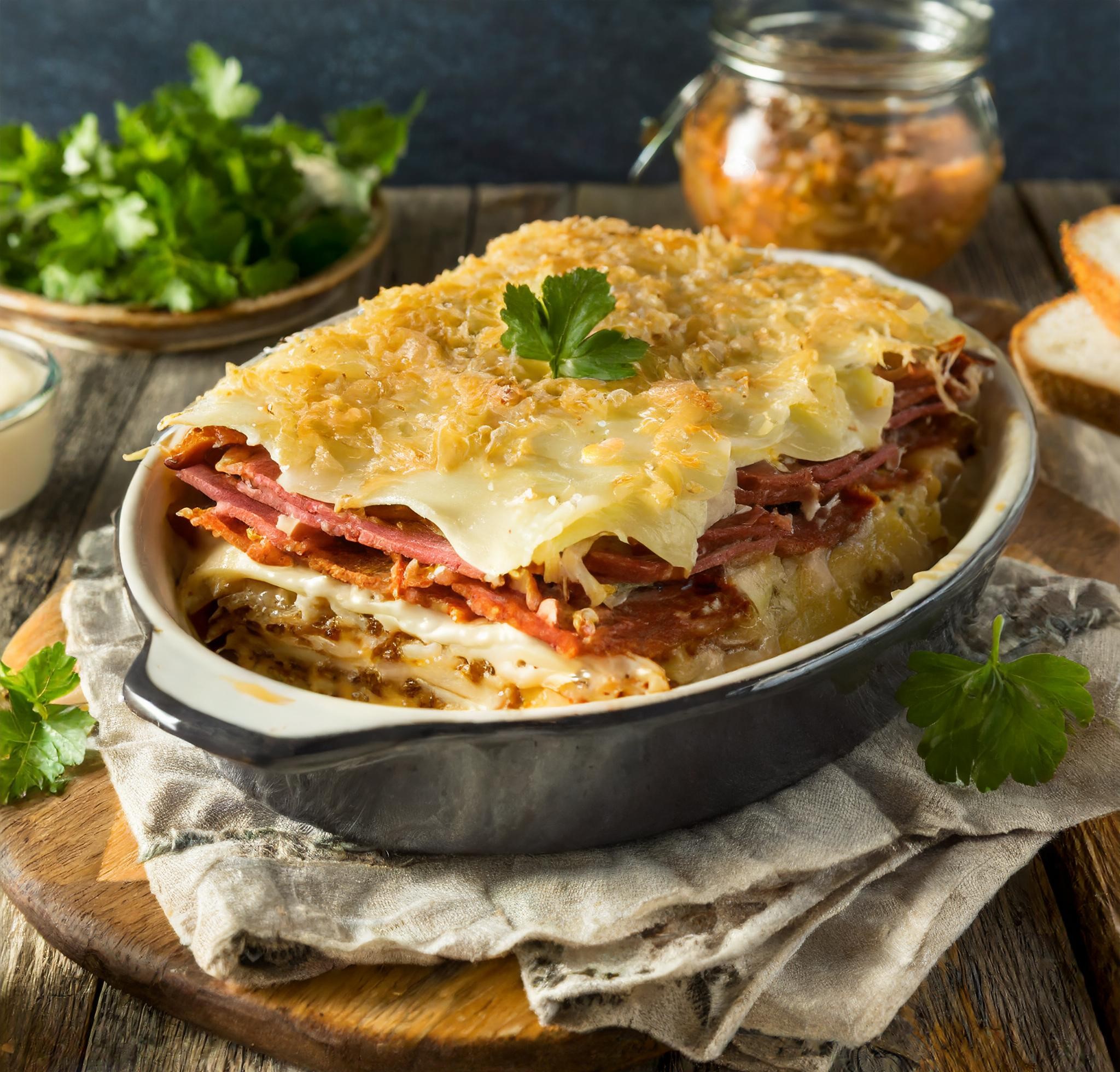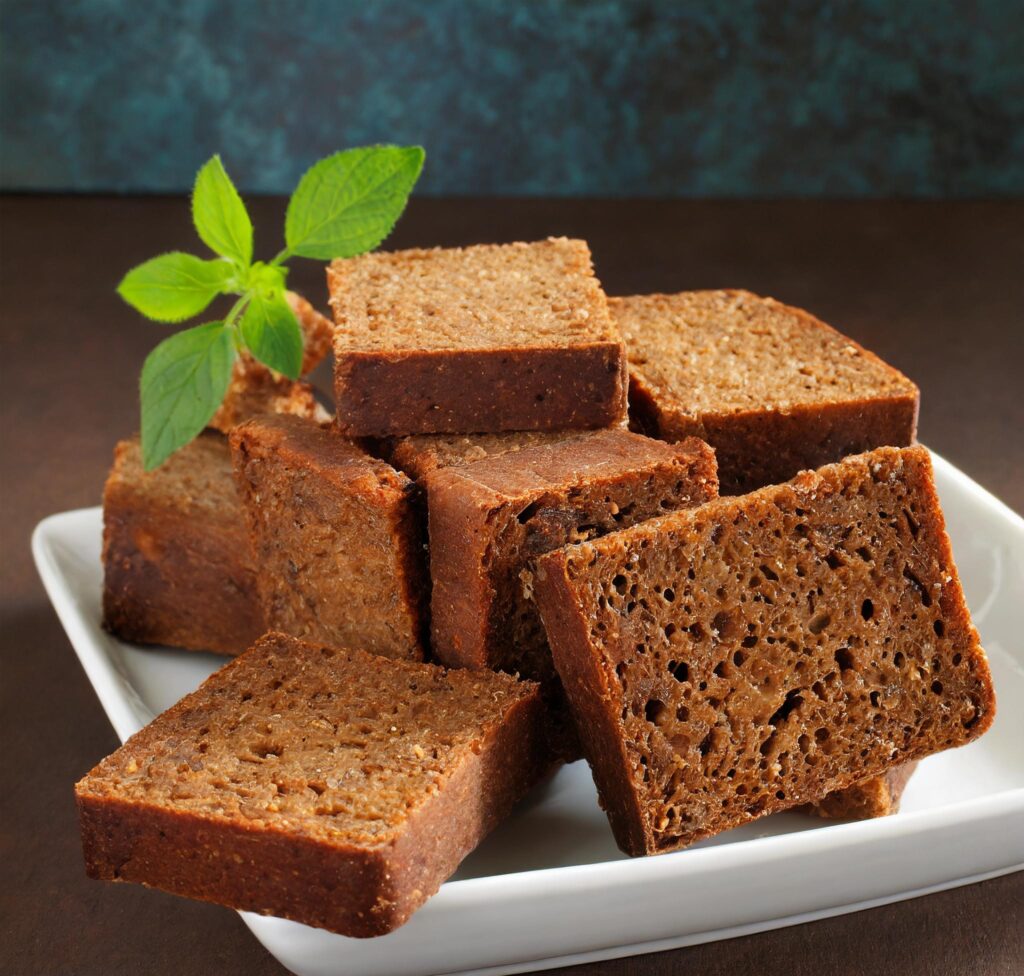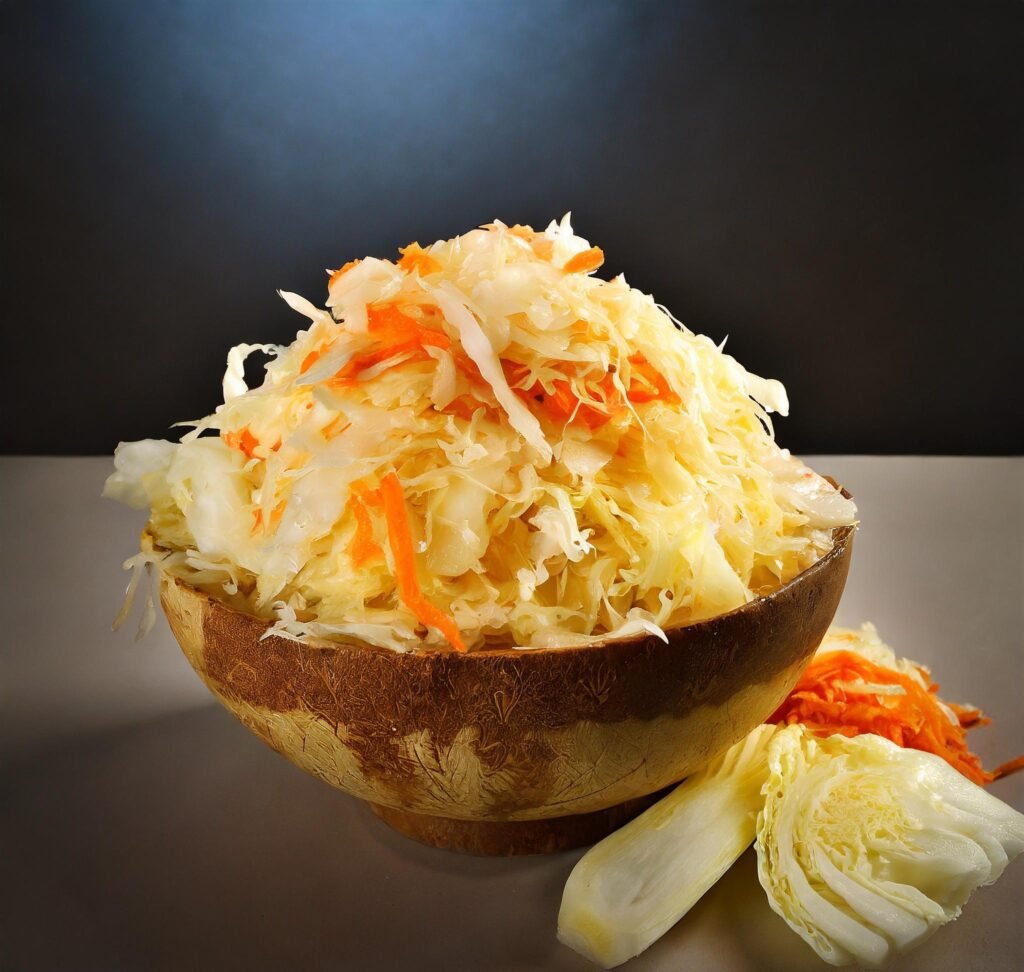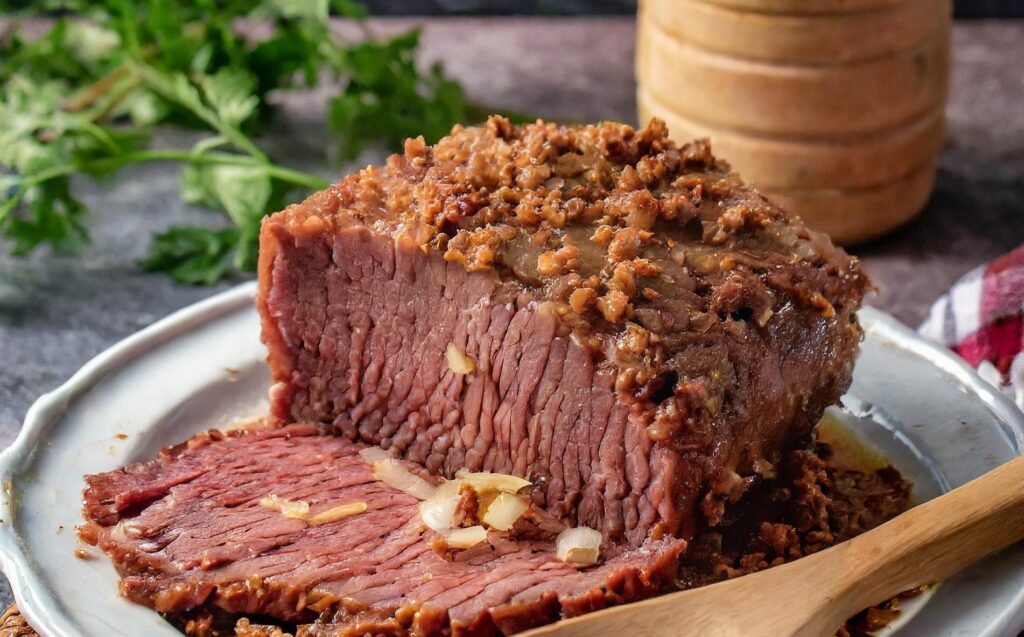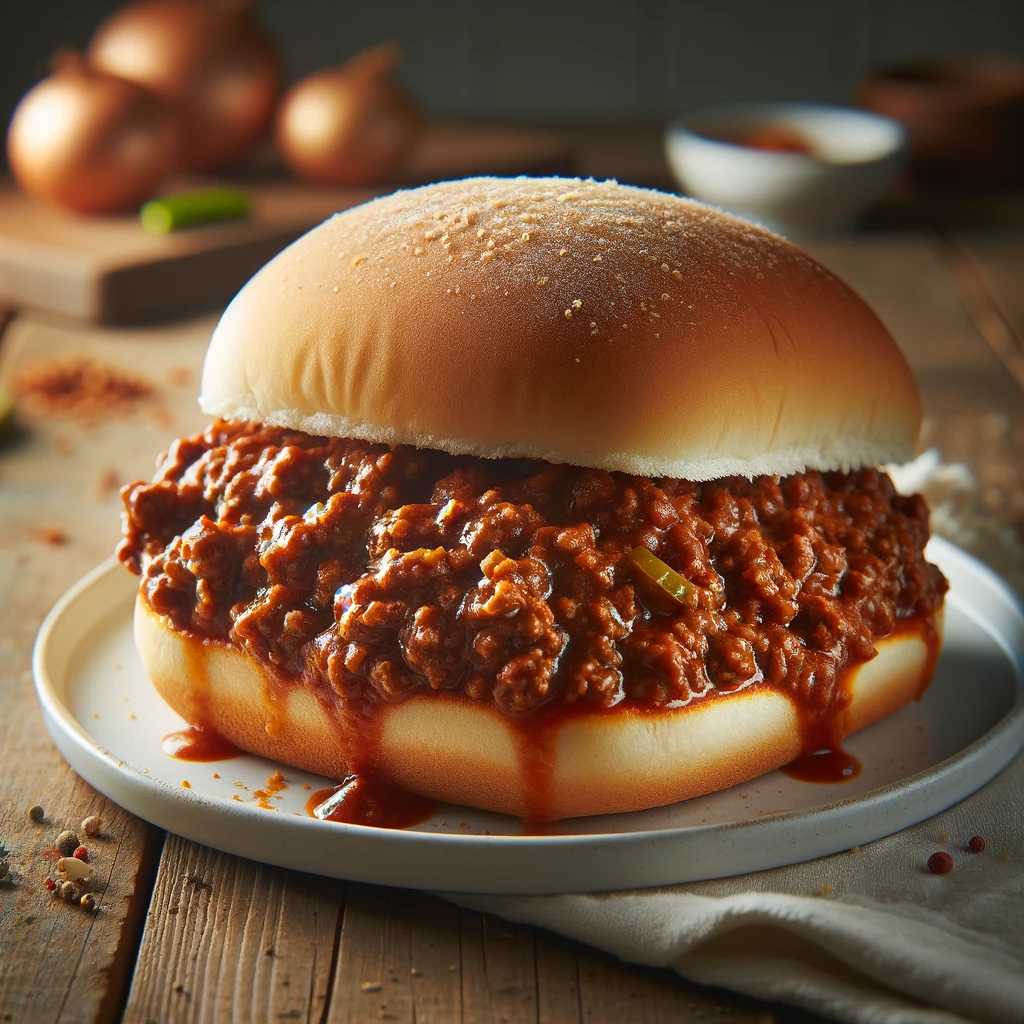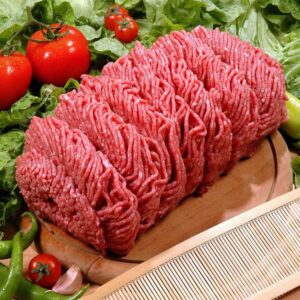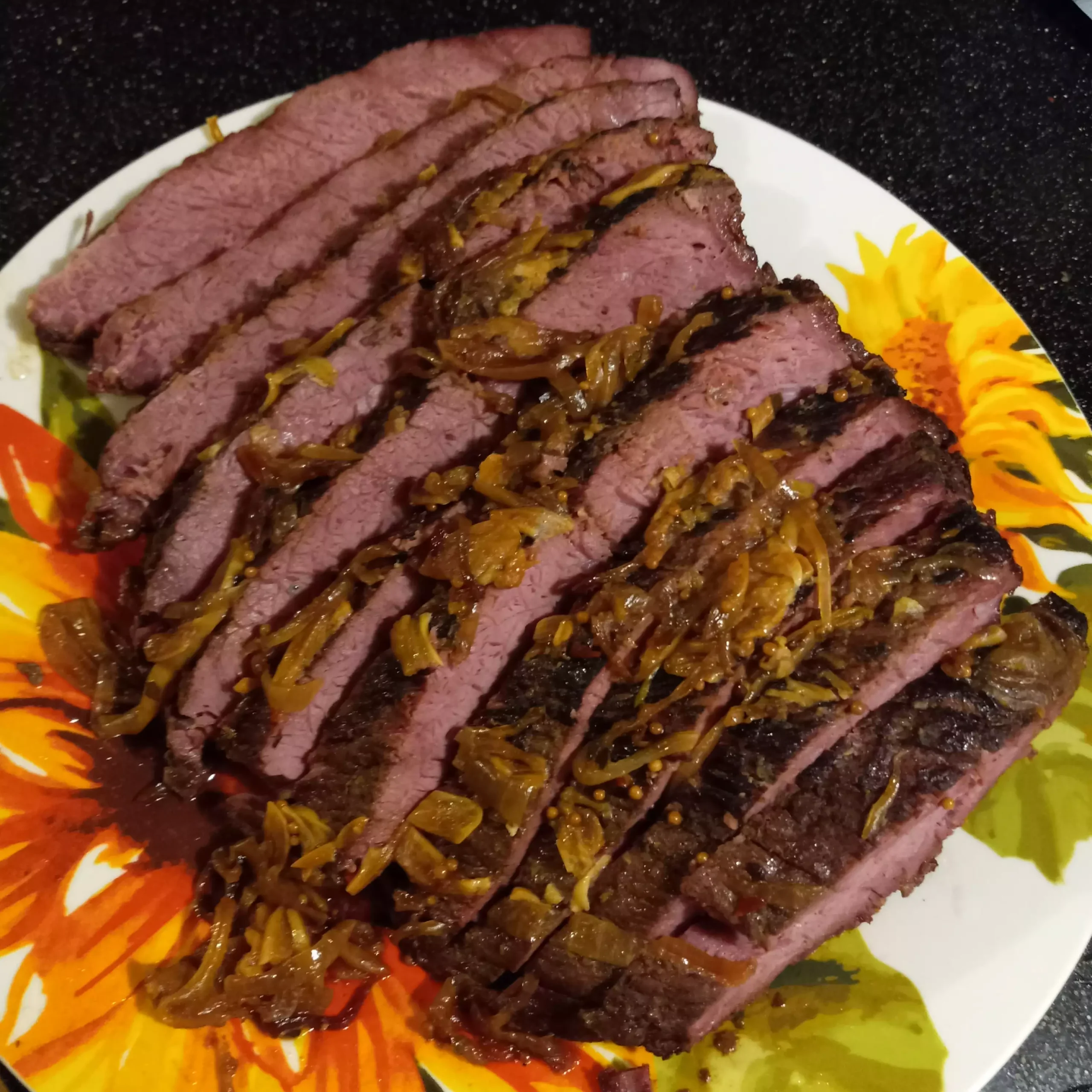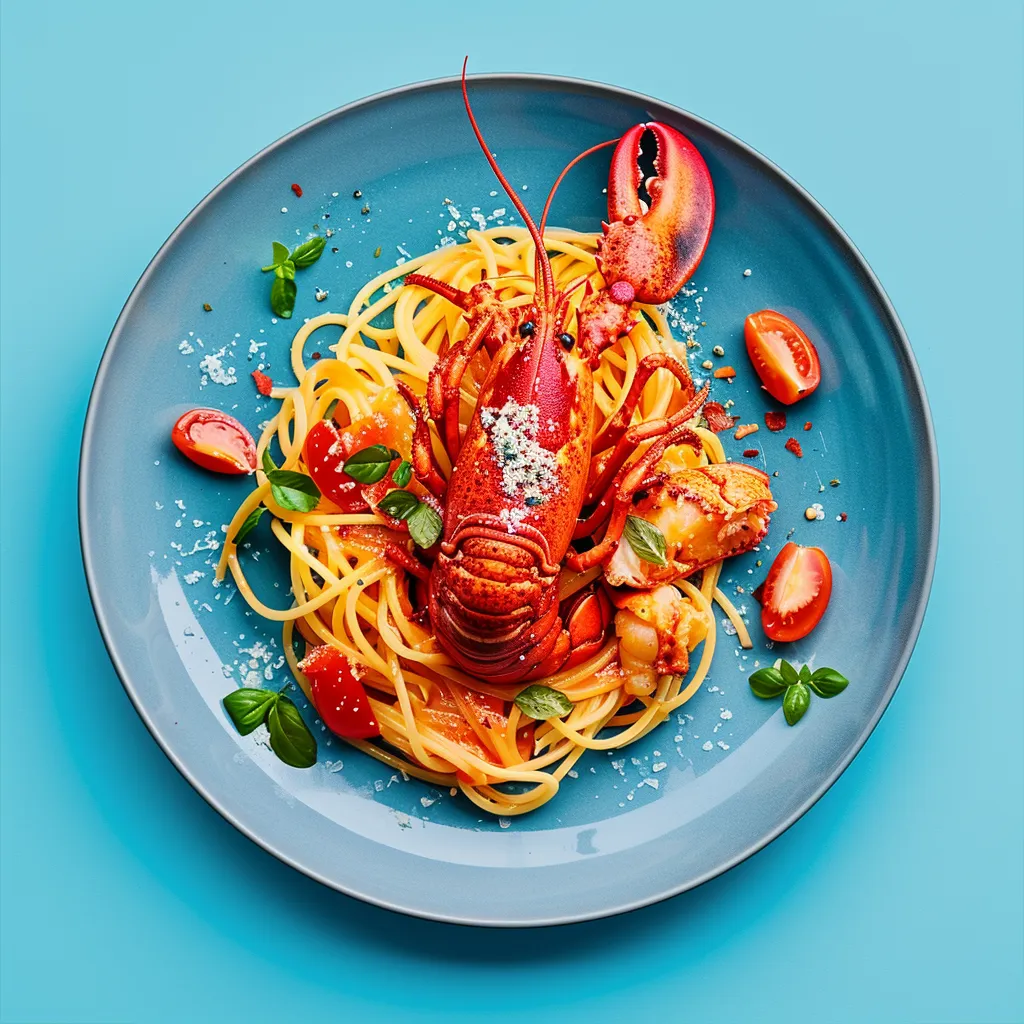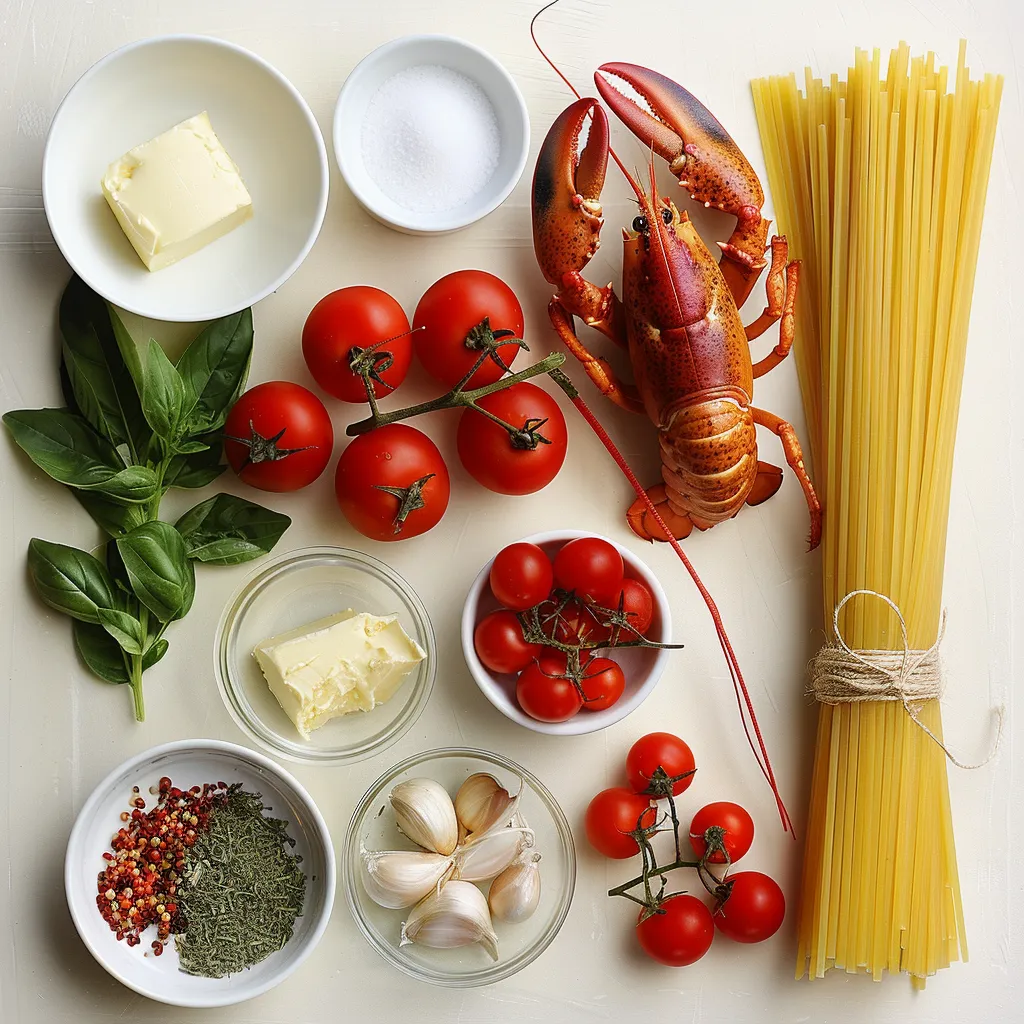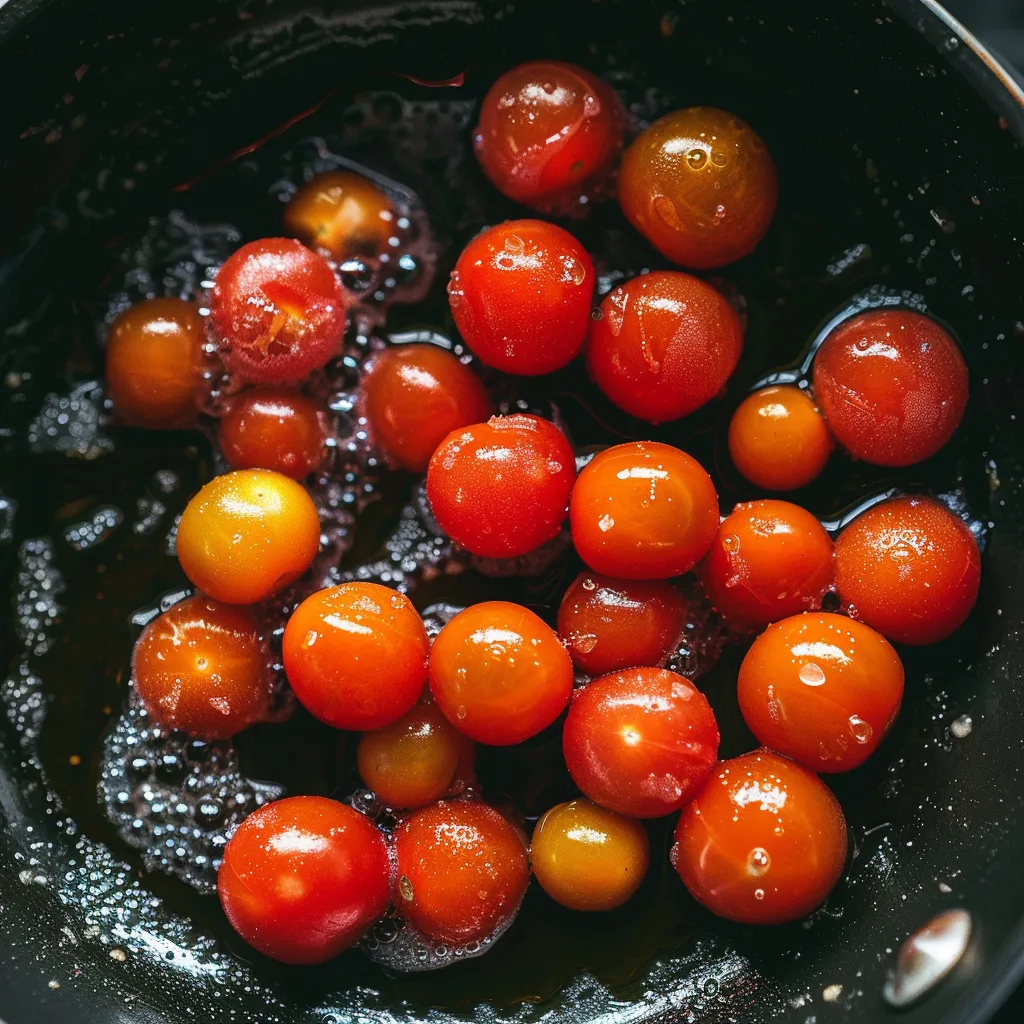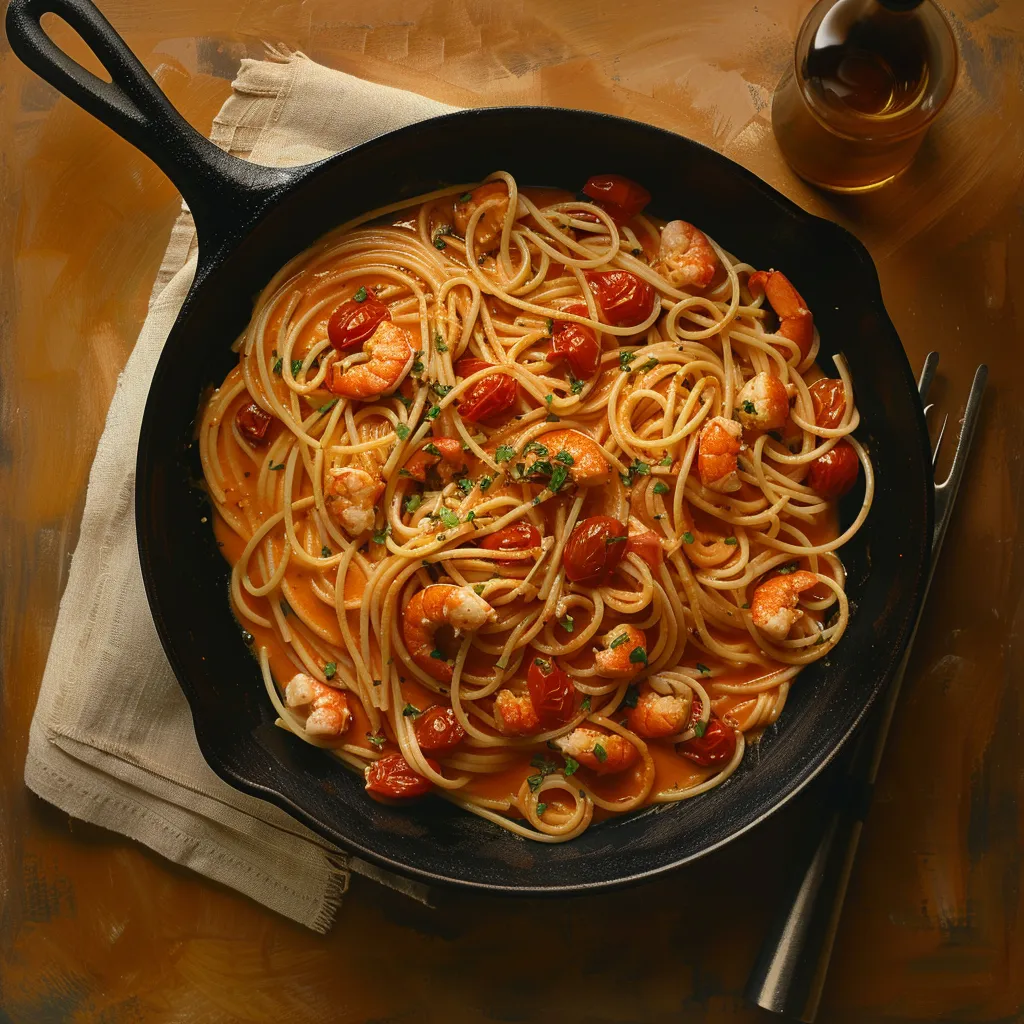Corned Beef in a Roaster, seasoned with peppercorns, bay leaf, and cured with large salt grains, transforms from a traditional preservation method into a celebrated culinary tradition. This savory dish, known for its distinctive flavor profile, has become a beloved staple across various cultures, offering a taste experience filled with character and depth.
Cooking Corned Beef: The Roaster Oven Method
Though corned beef can be cooked in several ways, using a roaster oven is ideal. This method is straightforward and guarantees tender, flavorful corned beef by providing consistent, gentle heat.
Corned Beef in a Roaster: Exploring the Rich Tapestry of American Cuisine
Irish-American Roots: Despite its strong association with Ireland, corned beef as celebrated in the U.S., especially on St. Patrick’s Day, is largely an Irish-American innovation.
Symbol of Cultural Melting Pot: Corned beef represents the rich cultural tapestry of America, showcasing the contributions of immigrants to the country’s culinary heritage.
Versatile Comfort Food: Once a feast-day specialty, corned beef has become a year-round favorite in the U.S., enjoyed in sandwiches, hashes, and more, reflecting its status as a beloved comfort food.
Adaptability and Appeal: The enduring popularity of corned beef
FAQs About Corned Beef in a Roaster
Should I Rinse My Corned Beef Prior To Cooking?
Yes, it’s recommended to rinse corned beef before cooking to remove excess salt from the curing process. Skipping this step could result in a very salty dish.
What Goes Into Corned Beef Brine?
A traditional corned beef brine includes heavily salted water and spices like peppercorns, coriander seed, allspice, mustard seed, and cloves. This process is crucial for flavoring the meat.
What Is the Best Way To Cook Corned Beef?
Corned beef can be cooked in various ways, including in a Crock Pot, smoker, oven, or on the stovetop. Regardless of the method, cooking it low and slow is essential for tender results.
How To Use Corned Beef Leftovers?
Leftover corned beef can be transformed into various delicious dishes, such as hearty Reuben soup, avocado Reuben bites, classic Reuben sandwiches, mini Reuben toasts, or Reuben bread stuffed with corned beef.
Mistakes To Avoid When Cooking Corned Beef:
Not rinsing the corned beef, which can make it overly salty.
Not adding enough water to the pot, which can result in uneven cooking.
Cooking at too high a temperature or not long enough, both of which can lead to tough meat.
Not slicing the beef against the grain, which can make it chewy.
Selecting the Right Corned Beef Cut
When it comes to corned beef, the cut of meat is crucial. There are primarily two types:
Flat Cut: Leaner and more uniform in shape, ideal for even cooking.
Point Cut: More marbled with fat, offering richer flavor.
When purchasing corned beef, consider factors like the size of your roaster and the number of people you’re serving. For more on selecting the right cut, visit Livestrong’s Roaster Oven Tips.
Key Ingredients for Corned Beef in a Roaster
Creating a delicious corned beef dish starts with selecting the right ingredients. Here’s a detailed overview of what you’ll need to bring this savory meal to life:
Corned Beef: Choose a high-quality corned beef brisket. Look for a cut that’s well-marbled with fat for flavor and tenderness. The brisket typically comes pre-packaged with a spice packet for seasoning.
Salt: Large grains of salt, or “corns,” are essential for the curing process that gives corned beef its name and distinctive taste.
Spices: The spice packet included with the corned beef often contains peppercorns, bay leaves, mustard seeds, and coriander. These spices are key to achieving the traditional corned beef flavor.
Vegetables for Cooking: Adding aromatic vegetables like onions, carrots, and celery to the cooking liquid infuses the meat with additional flavors.
Potatoes: Small to medium-sized potatoes, such as baby potatoes or fingerlings, are ideal for serving alongside corned beef. They can be boiled or roasted.
Cabbage: A classic accompaniment to corned beef, cabbage can be steamed, boiled, or sautéed. Choose a fresh, firm head of cabbage for the best texture and flavor.
Carrots: Carrots add sweetness and color to the dish. Use whole baby carrots or slice larger carrots into thick pieces for even cooking.
Glaze Ingredients (Optional): For a glazed corned beef, you might need brown sugar, mustard, and ketchup or a combination of honey, Dijon mustard, and spices. These ingredients create a sweet and tangy crust on the meat.
Serving and Presentation
Slicing Technique: To ensure tender, easy-to-eat slices, always cut the corned beef against the grain. This means slicing perpendicular to the muscle fibers in the meat.
Accompaniments: Traditional sides include boiled or roasted potatoes, steamed cabbage, and glazed carrots. These sides not only complement the flavors of the corned beef but also add a variety of textures and colors to the plate.
Presentation Tips: Arrange the sliced corned beef in the center of a large platter. Surround it with the cooked vegetables, creating an appealing and colorful display. Consider garnishing with fresh parsley for a pop of color and a sprinkle of coarse salt for added texture.
Additional Sides: For a more robust meal, consider adding freshly baked Irish soda bread, a green salad with a light vinaigrette, or a creamy horseradish sauce for dipping.
By carefully selecting your ingredients and paying attention to the presentation, you can turn a simple corned beef meal into a festive and inviting dining experience. Whether for St. Patrick’s Day or a cozy family dinner, this dish is sure to impress.
Flavor Enhancements and Glazing Corned Beef in a Roaster
Flavor Enhancements:
Beer Braising: Slow cook the corned beef in a dark beer instead of water. The beer adds a rich, malty flavor that complements the saltiness of the meat.
Aromatic Vegetables: Add onions, carrots, and celery to the cooking liquid. These vegetables will impart additional flavors into the corned beef as it cooks.
Pickling Spices: Enhance the brine with a homemade pickling spice mix including mustard seeds, cinnamon sticks, allspice berries, and dried ginger for a deeper spice profile.
Garlic and Herbs: Introduce whole cloves of garlic and fresh herbs like thyme and parsley to the cooking liquid for a fragrant aroma and taste.
Apple Cider Vinegar: A splash of apple cider vinegar in the cooking liquid can add a subtle tanginess that balances the richness of the meat.
Glazing Techniques:
Honey Mustard Glaze: Combine honey, Dijon mustard, and a touch of brown sugar for a sweet and tangy glaze. Brush over the corned beef during the last 30 minutes of roasting.
Maple and Bourbon Glaze: Mix maple syrup with bourbon and a little soy sauce for a glaze with a kick. The bourbon adds a smoky depth that pairs well with the sweetness of the maple.
Brown Sugar and Spice Glaze: Create a glaze using brown sugar, ground cloves, and a bit of orange juice for a spicy-sweet flavor. This glaze caramelizes beautifully on the surface of the corned beef.
Balsamic Reduction Glaze: Simmer balsamic vinegar until it reduces to a thick syrup. Brushing this glaze on the corned beef adds a rich, tangy flavor with a glossy finish.
Guinness Glaze: Reduce Guinness beer with some brown sugar and a splash of Worcestershire sauce for a uniquely Irish glaze that’s rich and flavorful.
Applying the Glaze:
Last Cooking Phase: Apply your chosen glaze during the last 20-30 minutes of cooking to prevent it from burning while ensuring it caramelizes nicely.
Brush Evenly: Use a pastry brush to evenly coat the corned beef with the glaze. You may want to apply several layers for a thicker glaze.
Broil for Finish: For a crispy, caramelized exterior, consider placing the glazed corned beef under the broiler for a few minutes, watching closely to prevent burning.
By incorporating these flavor enhancements and glazing techniques, you can elevate your corned beef dish, adding complexity and depth to its taste and presentation.
Serving and Presentation Tips for Corned Beef Roaster
Slicing for Tenderness:
Against the Grain: To ensure each slice of corned beef is as tender as possible, always slice against the grain. This means cutting perpendicular to the muscle fibers, which shortens them and makes the meat easier to chew.
Thickness: Consider the thickness of your slices based on use; thinner slices are great for sandwiches, while thicker slices may be more satisfying as a main course.
Thoughtful Accompaniments:
Classic Sides: Elevate the traditional serving of boiled potatoes, cabbage, and carrots by infusing them with flavor. Consider roasting the vegetables instead of boiling, or tossing them in a herb butter after cooking for added richness.
Creative Vegetables: Branch out with other vegetables like roasted Brussels sprouts, parsnips, or a colorful beet salad. These can add a modern twist and a pop of color to your plate.
Sauces and Condiments: Offer a range of condiments to complement the corned beef. Mustard, particularly whole grain or Dijon, is a classic choice. Horseradish sauce, apple cider vinegar reduction, or a creamy dill sauce can also enhance the flavors.
Presentation for Impact:
Platter Arrangement: Arrange your corned beef slices neatly on a large platter. Strategically place your accompaniments around the meat, considering color and texture for a visually appealing presentation.
Garnishes: A sprinkle of chopped parsley or chives on the meat and sides can add a fresh look and taste. Edible flowers or a drizzle of balsamic glaze can also elevate the presentation.
Serving Style: Consider serving the corned beef and sides family-style, allowing guests to help themselves. This encourages interaction and creates a communal dining experience.
Additional Serving Ideas:
Bread Basket: Offer a basket of warm, crusty bread or Irish soda bread to complement the meal. Bread is perfect for sopping up any flavorful juices left on the plate.
Pairing with Beverages: Pair your corned beef meal with beverages that complement its rich flavors. A stout or porter beer, a full-bodied red wine, or even a crisp apple cider can be excellent choices.
By focusing on slicing techniques, thoughtful accompaniments, and presentation details, you can turn the serving of corned beef into a memorable dining experience that delights the senses and honors the tradition of the dish.
Conclusion
As Gabriela Cardenas, I’ve always believed that the best meals are those shared with loved ones, whether it’s a cozy dinner at home or a hearty lunch that breaks up the day. This Corned Beef in a Roaster recipe is one of those dishes that holds a special place in my heart. It’s not just about the delicious, savory flavors or the tender texture of the beef; it’s about the memories and traditions it evokes. From preparing it for St. Patrick’s Day gatherings to serving it as a comforting weekend meal, this recipe has been a staple in my kitchen. It’s my hope that it brings as much warmth and joy to your table as it has to mine.
Cooking corned beef in a roaster is an excellent way to ensure a delicious, tender meal. By following these steps and tips, you’ll be able to serve up a dish that’s sure to impress. Remember, a high-quality roaster oven can make all the difference, so consider investing in one from Hamilton Beach Roaster Oven for the best results.
Happy cooking!
